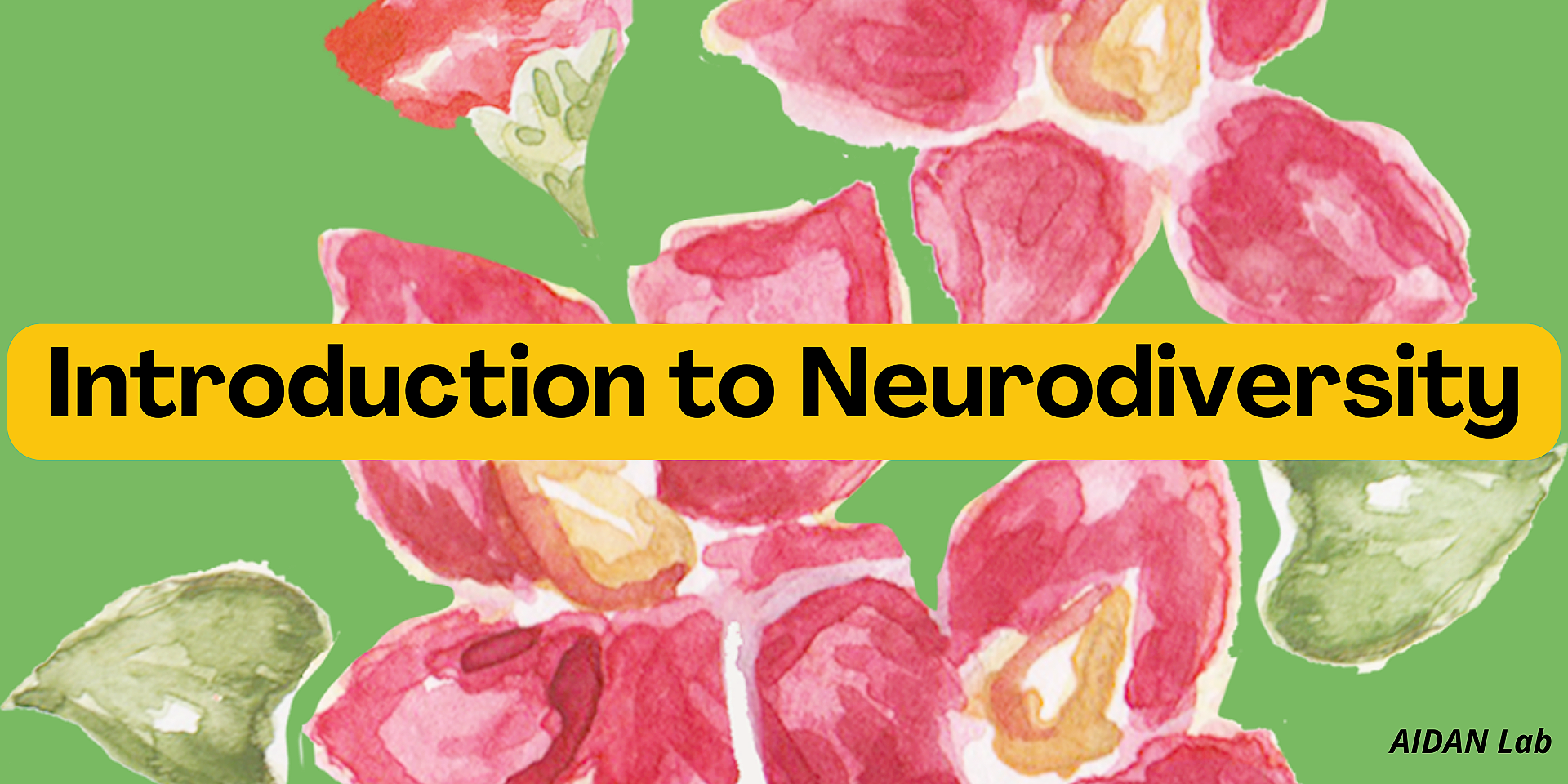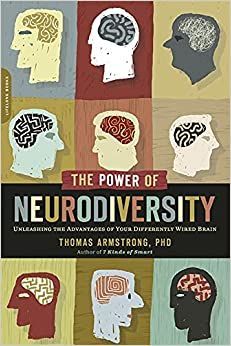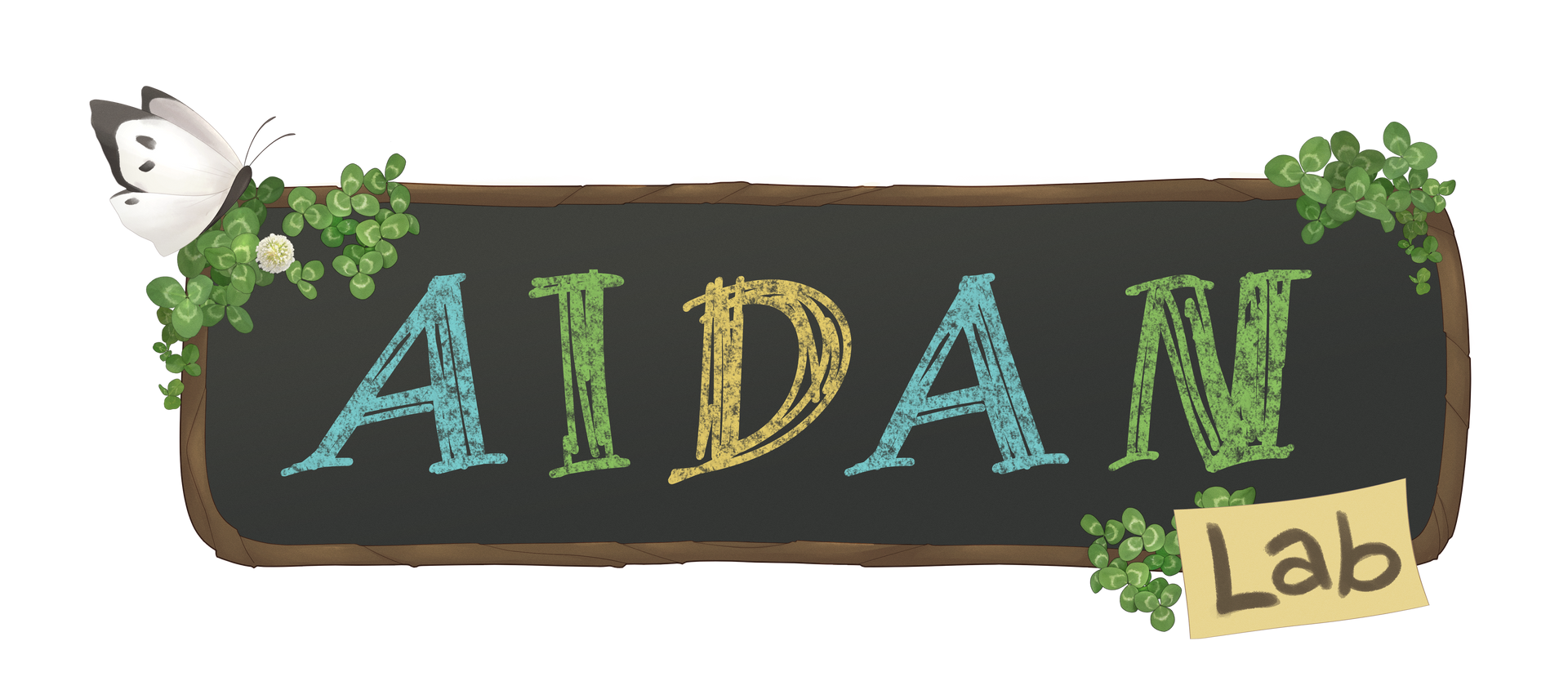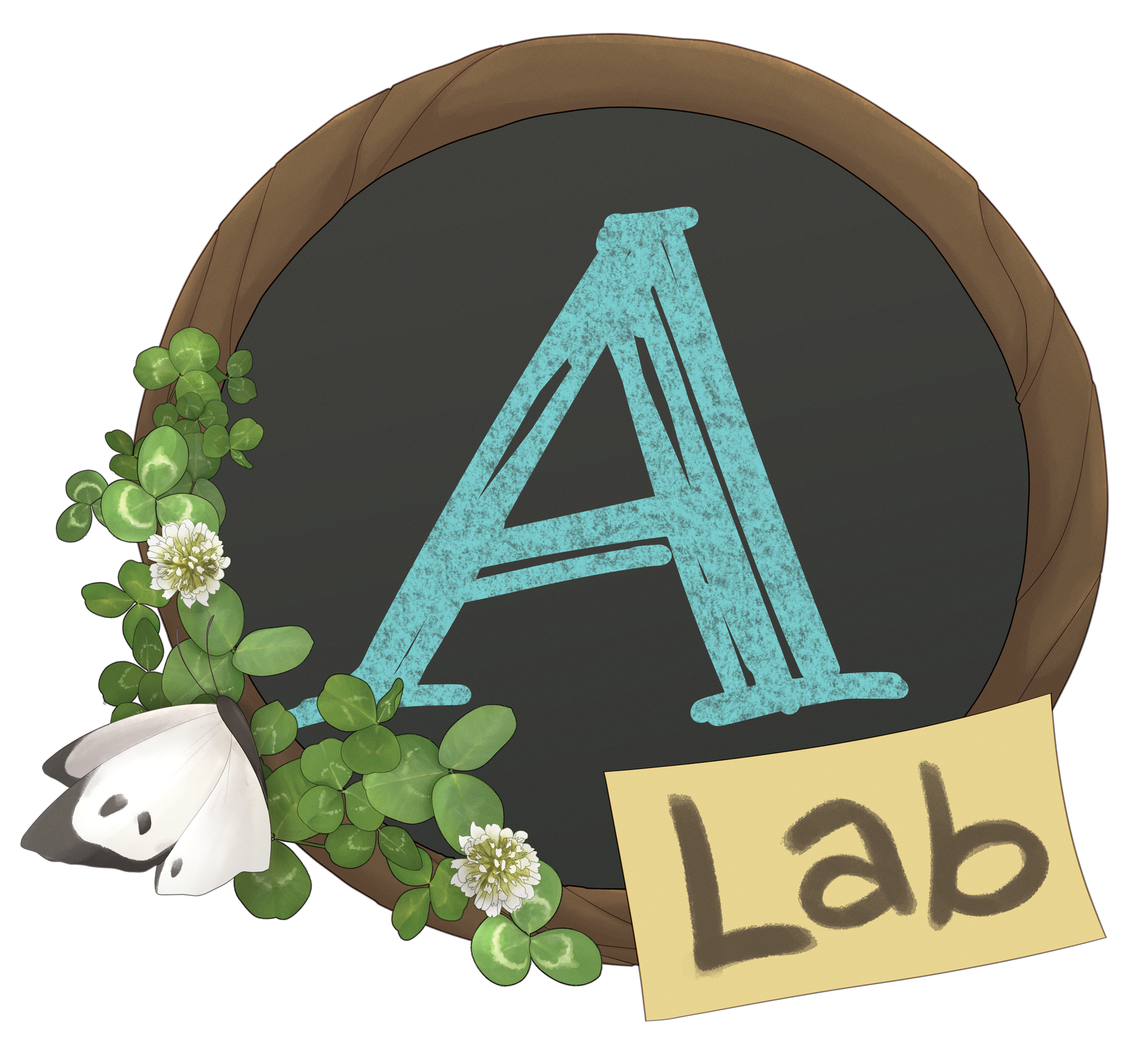
Welcome to all that is "Neurodiversity". This section includes different perspectives to educate individuals through a more informed understanding of how to be an advocate. This page also seeks to explore the concept of "Ableism" and how to avoid it in our everyday world, often designed for allistics. Don't forget to check out the "further learning" section for more information on topics such as, "Universal Design" and the different models of disability.
What is Neurodiversity?
'The Power of Neurodiversity' by Thomas Armstrong, PhD

In Armstrong's first chapter, the concept of "Neurodiversity" is explored and understood through analogies and examples. Armstrong explains the need for a new paradigm that honours individual strengths and seeks to develop an accommodating framework to uplift students through a challenge.
In this short and effective video, students explain the type of support they need in the classroom from peers and teachers. Through this type of storytelling, students are given the opportunity to express their thoughts and feelings, more specifically, what they need most.
Shelley Moore, a teacher and researcher describes a powerful bowling analogy to explain inclusive education, more specifically how teachers must adjust their teaching strategy with Neurodivergent students. Shelley’s interesting technique helps empower the choices that teachers make and uplift Neurodivergent students in the classroom.
What is Ableism?
Keith Storey’s article, the concept of ableism is discussed within an educational setting. The concept of ableism is, “...rooted in cultural assumptions about disability” (Storey, 2007), meaning the only way to reduce the effects of ableism is increasing awareness around Neurodiversity.
'Combating Ableism in Schools' by Keith Storey
'Throw Away the Master's Tools: Liberating Ourselves From the Pathology Paradigm' by Nick Walker
Nick Walker’s article provides insight into the pathology paradigm, a perspective that has pinned the development of the brain to be right or wrong. In order to emerge from this paradigm, there must be a shift in assumptions to open up a conversation about Neurodiversity itself.
This quick video provides an informed approach to the "Universal Design for Learning". UDL is an approach to highly diverse curriculum needs, more specifically, the 'What', 'How' and 'Why' of learning. This resource also explains why multiple means of engagement is critical for inclusive learning.
In this YouTube video, the difference between accommodations and modifications are discussed with reference to specific examples within schools. According to the video, the different accommodations and modifications should change in accordance with an individual’s needs.
Further Learning
This website highlights the importance of “Universal Design for Learning” as it aims to “make learning inclusive and transformative for everyone” (CAST). This website includes informative videos and readings, making learning easy to understand.
CAST: About Universal Design For Learning
'The Social Model of Disability' by Carson Grant
The Social Model of Disability by Carson Grant reinforces the idea that disability comes in many forms, whether that be through social exclusion or physical barriers. Within this resource Grant highlights inclusive language, as well as ways to respond to these systemic barriers.
In this article, Thomas Hehir, the director of the U.S. Department of Education’s Office of Special Education Programs, “examines how ableist assumptions influence the education of children with disabilities” (Hehir, 2002, p. 3). This article also provides in-depth examples of times where students were given unfair expectations, giving light to the need for a paradigm shift in educational institutions regarding accommodations.
'Eliminating ableism in education' by Thomas Hehir


